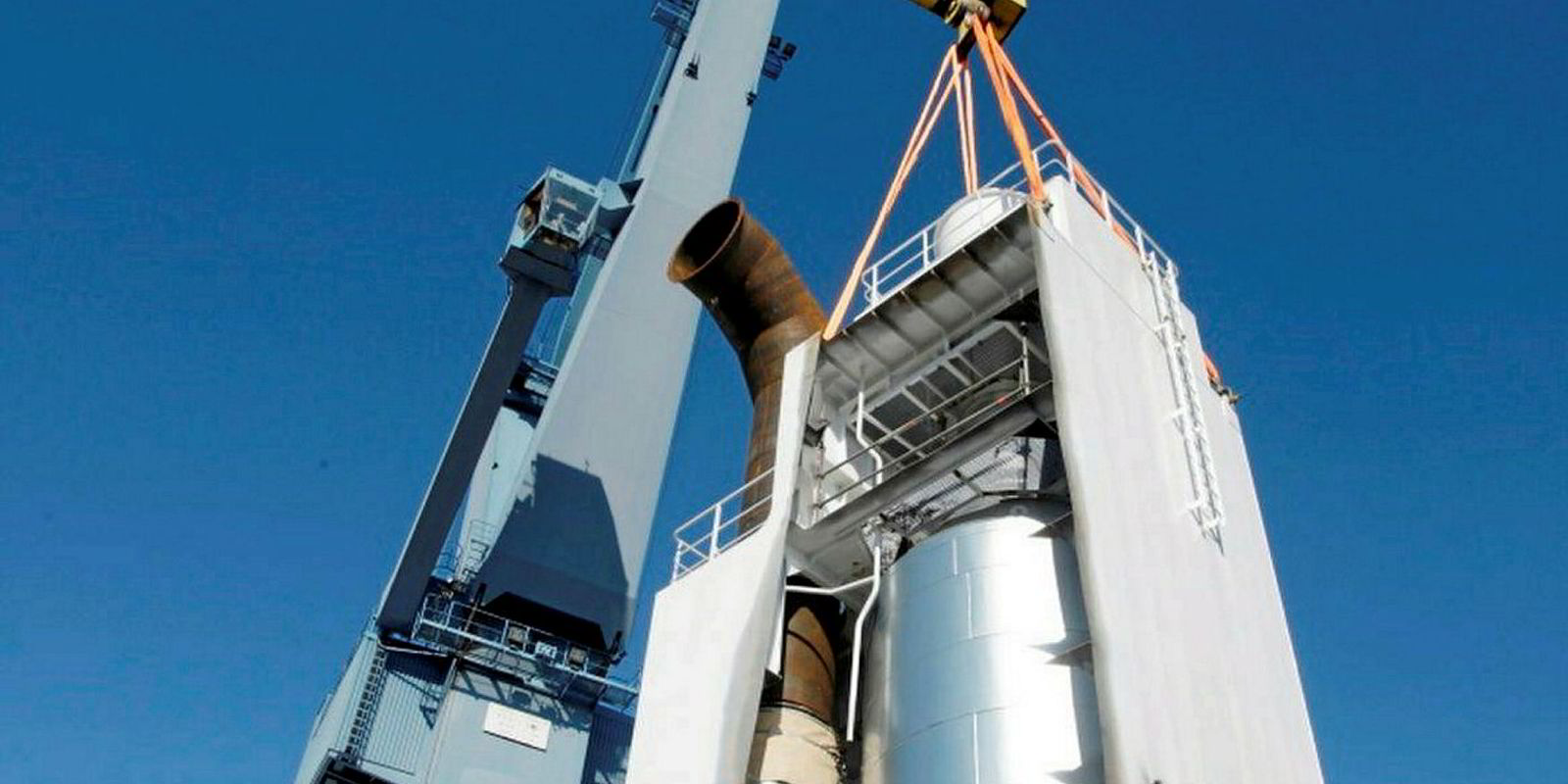Shipping is getting cleaner, there is no doubt. Shipowners are taking steps to drastically reduce their sulphur oxide emissions in the months to come, and many that operate in certain regions have already done so.
Heavy fuel oil (HFO) may soon be used only by ships with exhaust gas cleaning systems — and while this equipment has generated debate, its use is an improvement. Ballast water treatment systems are poised to become standard across the world fleet. Shiprecycling faces continued pressure to clean up its act.
But let’s face it, this industry is not making these improvements out of the goodness of its heart — this is largely the result of regulation.
Shipowners should not trumpet compliance as environmental friendliness. That is like the attendance awards at my son’s school: he complies to the extent that I make him comply and drop him off at school, so the award is no achievement on his part. (He’s too young to skip school on his own, but if he ever starts, I will gladly turn him over to port state control authorities.)
The participants in most shipping sectors are price takers. That inevitably fuels a race to the bottom when it comes to environmental compliance; there is little commercial advantage in offering a better environmental footprint when it gets in the way of offering the lowest price. By and large, the incentives of the business are for shipowners to do no more than required by regulators, classification societies, insurers and customers.

Rules such as the looming IMO 2020 sulphur cap have lifted the bottom, delivering a reduction in shipping’s environmental footprint that the industry would have failed to deliver without intervention from authorities, at least until market forces made cleaner fuels competitive with HFO. After all, many companies that claim to care about the planet will continue using this dirty fuel until 31 December 2019.
Yet shipping can do more than regulations require, although this will mean finding more ways to incentivise shipowners, and operators will have to step up.
Some measures already exist, and they show that some companies do want to do more than is required and will seek out recognition for it.
Shipping is not making these environmental improvements out of the goodness of its heart — this is largely the result of regulation
For example, Green Marine is a programme that certifies US and Canadian maritime companies, using a scale of one to five, with one signifying compliance with regulations and five standing for excellence and leadership. Shipowners CSL Group, Algoma Central and Groupe Desgagnes are leaders, touting ratings of four and five across all six criteria.
Green Marine executive director David Bolduc says that although charterers did not seem bothered at first, now “more and more are caring” about these ratings.
His Montreal-based programme is not focused on financial incentives but is a “social licence” scheme — a way in which an organisation can demonstrate to stakeholders it is making progress in improving its environmental footprint.
In Rotterdam, the non-profit Green Award Foundation certifies ships whose owners and operators do more than meet industry standards on safety and the environment. There are 900 vessels onboard, including the recent addition of the first offshore vessel.
In another example, RightShip is best known for its safety assessment, but, seeing the need for companies to demonstrate their efforts to reduce shipping’s environmental impact, it offers greenhouse gas assessment.
More of these efforts, and participation in them, are needed. Green Marine’s ratings are a great tool for comparing shipowners’ environmental footprints. Yet its reach is limited to North America.

Ports provide incentives to Green Award participants, but port state authorities should consider offering more meaningful rewards for environmental stewardship. For their part, flag state officials should welcome sharing of data with private-sector schemes that want to create ways to reward good practices.
Classification societies should also consider creating green-ship notations to recognise vessels that are kept to standards that exceed minimum requirements. Lloyd’s Register’s first airborne noise emission notation is a step in this direction.
With greater information available about vessels that meet standards, charterers will be in a better position to incentivise cleaner shipping. At a minimum, in a contest for a charterer’s business, a ship with a higher green rating should have an advantage, all other things being equal. It would be even better if charters were willing to pay more for greener vessels, and not just where they save on fuel costs.
But let’s not forget the shipowners. They need to care about doing more than is required, even though it may cost them more even without these incentives.
It’s not easy being green, as Kermit the Frog sang. But in shipping, it should be seen as worth the effort.





